Explanation
The Gangchon Resort, as one of Chuncheon’s major resorts, stretches along the Bukhangang River and the Gangchoncheon Stream. It offers splendid scenery and many neighboring tourist attractions, such as Gugok Falls, Deungseon Falls, and Samaksan Mountain. It has excellent accessibility of public transportation, many theme park facilities, and accommodation facilities, so it has been a popular location for a young people’s membership trip from the 1970s to the 1990s. However, along with the opening of the double-track railway on the Gyeongchun Line in 2010, the Gangchon Station building was relocated and consequently, the number of visitors has decreased and the local business experienced depression. Therefore, there has been a campaign to revitalize Gangchon. Near the former Gangchon Station, the large sculpture “Ddo-ori Gangchon” has been installed, and the reduced-size model of the Deungseongyo Bridge (suspension bridge), which was a famous tourist attraction in the past, has been reproduced. In particular, “Ddo-ori Gangchon,” which is a popular photo zone, was built by embodying the Scaly-side Merganser (Mergus squamatus, Natural Monument No. 448), which come the area of Gangchon in winter. Additionally, the Deungseongyo Bridge, which was Korea’s first suspension bridge, but demolished in 1985, was reproduced as a tourist pedestrian bridge with a length of 58 m. Furthermore, Gangchon Land, which is a well-known theme park, and the activity of four-wheel motorcycle riding along the riverside, are also major tourist attractions in Gangchon.
Inquiry
+82-33-250-3896
Information Use
Years experience : People of all ages
Experience Guide : It varies by facility.
Contact and Information : • 1330 Travel Hotline: +82-2-1330
(Korean, English, Japanese, Chinese)
• For more info: +82-33-250-3896
Parking facilities : Not allowed
Day off : Open year round
Hours : 00:00–24:00
Location
The area of Namsan-myeon, Chuncheon-si, Gangwon-do
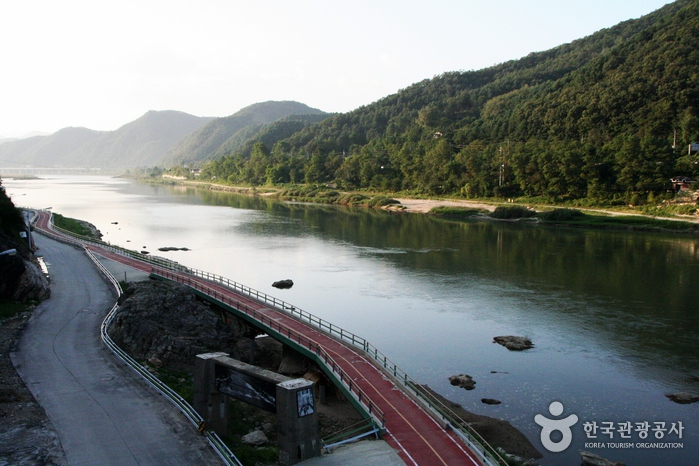

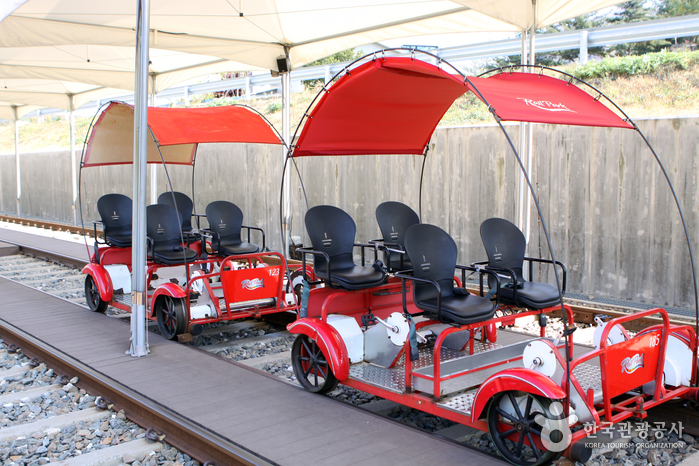
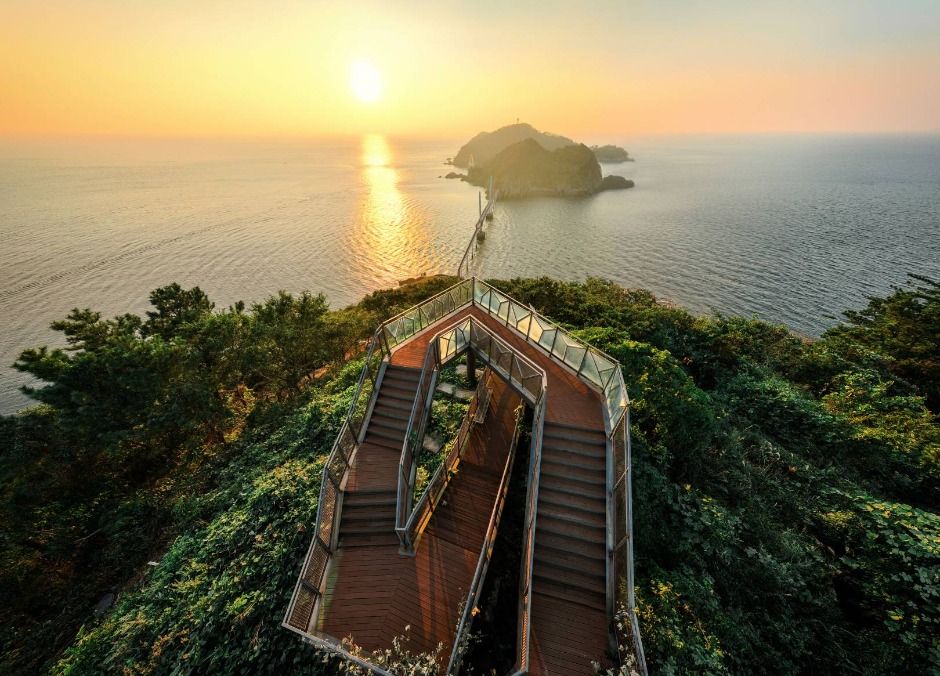
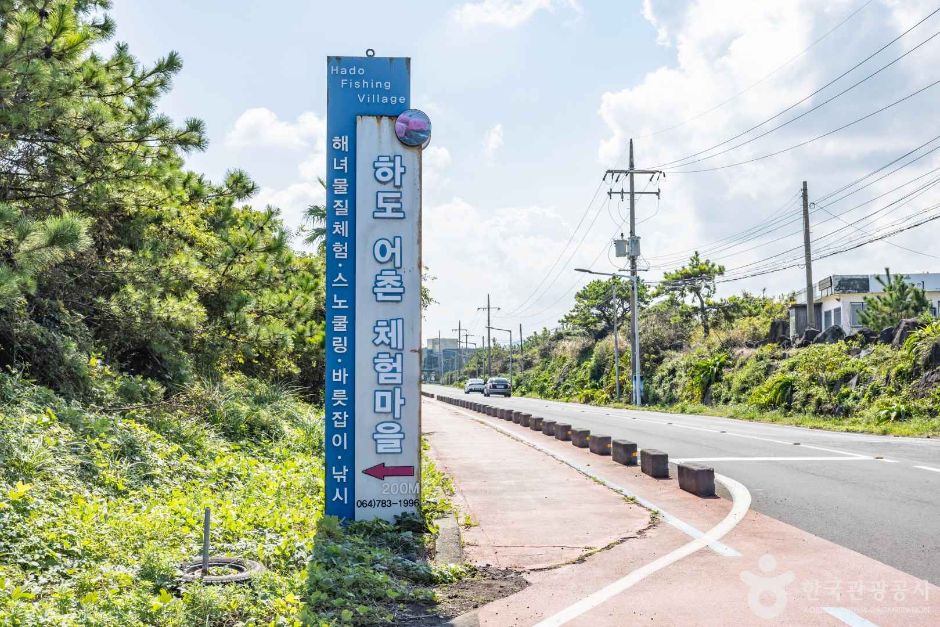
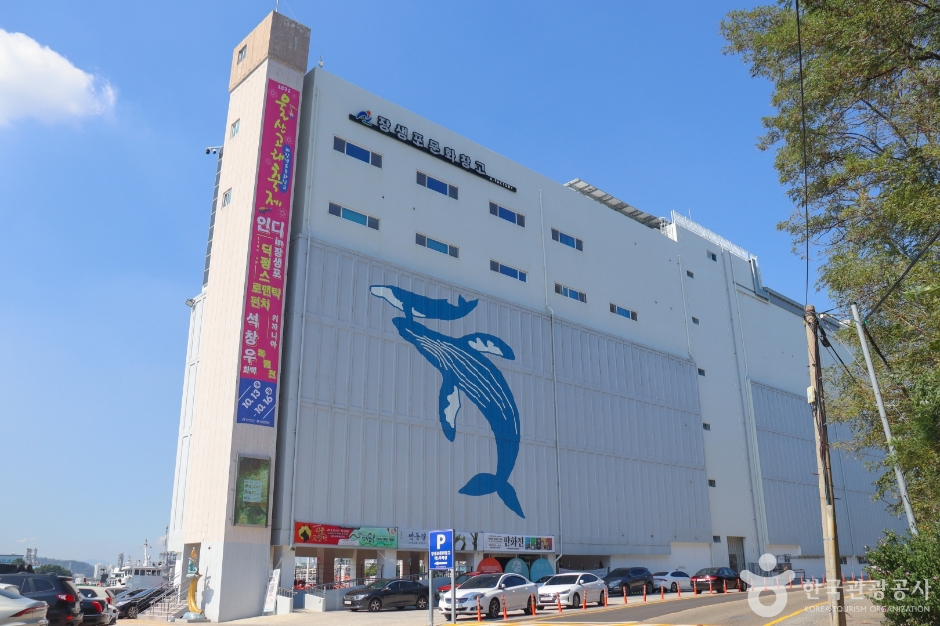
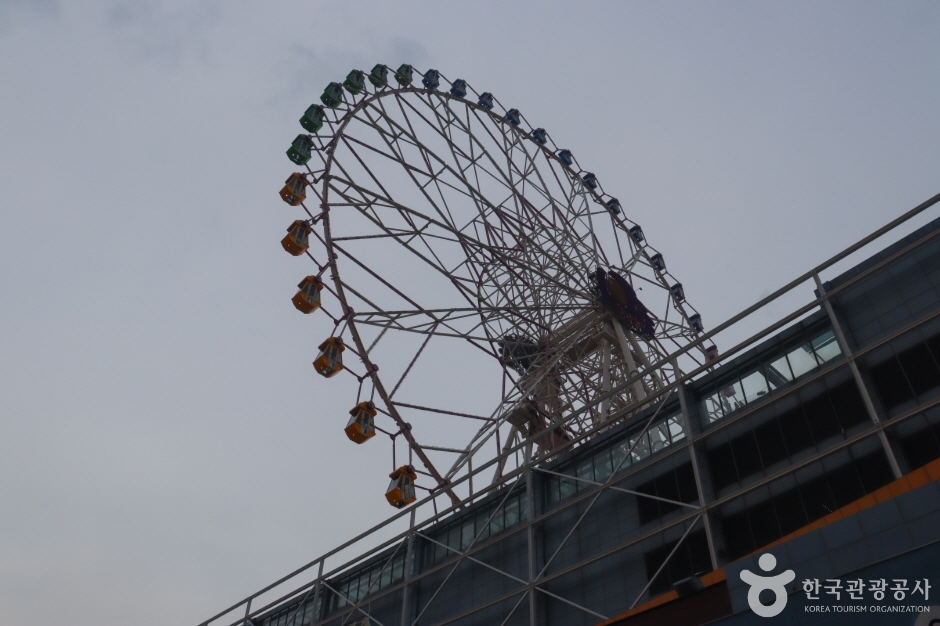

 English
English
 한국어
한국어 日本語
日本語 中文(简体)
中文(简体) Deutsch
Deutsch Français
Français Español
Español Русский
Русский